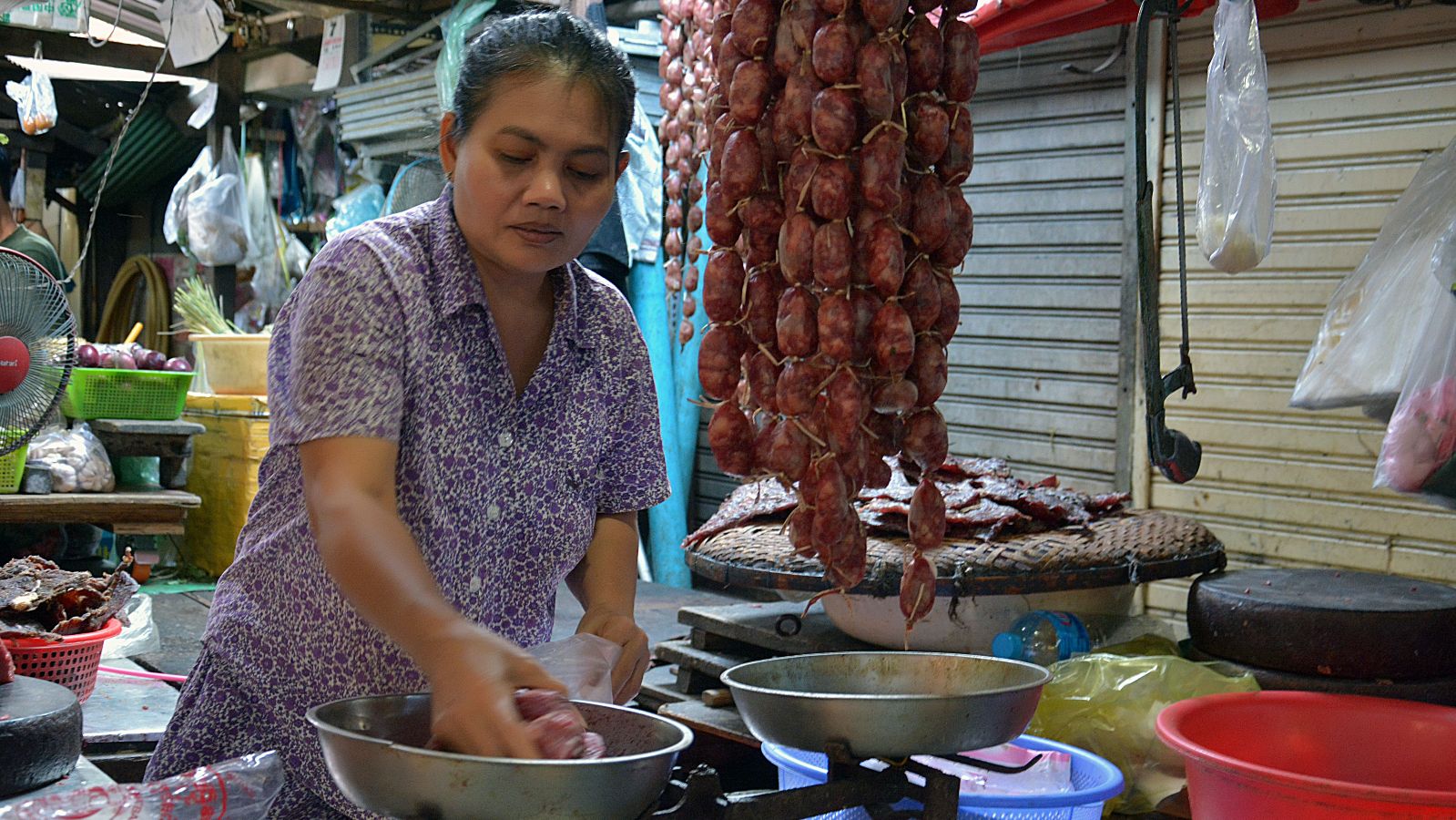
- Date
- 7th December 2020
- Categories
By Dr. Martin Price (Gamos Ltd.).
Today marks the publication of our second working paper in a series based on the ‘Beyond Connections’ reports, which are produced by the World Bank’s Energy Sector Management Assistance Programme (ESMAP).
In “Cambodia – Beyond Connections” (Dave et al, 2018), the authors present a diagnostic of the multi-tier framework data from Cambodia. The multi-tier framework is an approach to understanding the nuances of energy use both for electricity and clean cooking, and thus provides a level of detail rarely captured by existing national data sets. The report was among the first in a series of country-specific reports to be published, and intended to set a new standard in data collection and to present the findings in a useful format for policy actors. Their report summarises access to both electricity and clean cooking in Cambodia, whilst also providing an analysis of the gender dynamics at play across varying levels of energy access.
In the working paper published today, we consider whether the multi-tier framework data could provide additional insights into ‘transitions to modern energy’, where access to electricity and clean cooking form part of an integrated policy agenda. Our interest lies in the use of electricity for cooking, and here we explore the data for linkages between groups of households across the electricity/clean cooking divide.
The report begins by exploring the current state of electricity access and modern energy cooking fuels in Cambodia. An integrated analysis of these trends at the household level then follows, taking account of the different electric cooking appliances owned in Cambodia and the financial cost, time burden, and quality and reliability issues associated with household cooking. Before concluding, the report explores how households make purchasing decisions, and how households feel about the potential for further transitioning towards modern energy solutions. Gender dynamics are integrated throughout the report, and particularly in relation to women’s prominent role in both cooking and purchasing decisions.
The paper demonstrates the importance of nuanced data collection and analysis when attempting to understand the opportunities and challenges of transitioning to modern energy cooking. As a result of our analysis of the underlying survey data, focusing predominantly on electricity-using households, we show that both LPG and electricity are popular cooking fuels in Cambodia. Cooking with electricity has proved viable even among rural and lower income households.
Below are some of the additional key findings in the report:
- Whether exclusively or stacked, 30% of households surveyed cook with electricity, and a further 30% cook with LPG. For households who use electricity at home in some capacity, 50% use it for cooking
- Almost all households that cook with electricity use a rice cooker. However, this popular cooking appliance is left out of the assets base outlined in the official diagnostic
- A third of households cooking exclusively with charcoal or wood (purchased or collected) have at least Tier 3 electricity, which is deemed sufficient to support electric cooking. This is true for more than half of exclusive LPG users
- LPG users spend less on their cooking fuel than households that cook exclusively with either charcoal or purchased wood. LPG also represents a significant time saver in comparison to biomass fuels, in terms of obtaining the fuel, preparing the stove, and cooking the meal
- Compared to households cooking with LPG, those who cook with electricity and biomass have significantly lower incomes, and spend less on their electricity and fuels in total. When modern fuels are available, there appears to be no financial benefit to cooking with biomass
- Two of the three most popular stoves purchased by households surveyed are modern fuel stoves: an LPG stove and an electric rice cooker. Women are more likely to decide on the purchase of a new cookstove, although men are more likely to be involved in purchasing LPG or electric stoves
- The benefits of electricity and the burden of firewood are both known to the vast majority of households, and yet electricity is still seen as being an expensive fuel. While electricity prices have traditionally been higher in Cambodia than in nearby countries (Thailand, Vietnam, Myanmar), this does not necessarily mean electric cooking cannot be rolled out on a mass scale. Payment innovations and increasing awareness and the availability of super-efficient electric cooking appliances is needed in Cambodia.
The first report in the series, focusing on the cooking transition in Ethiopia, is available here. Additional reports focusing on Nepal, Zambia, Rwanda, Kenya and Myanmar will be published in the coming months.